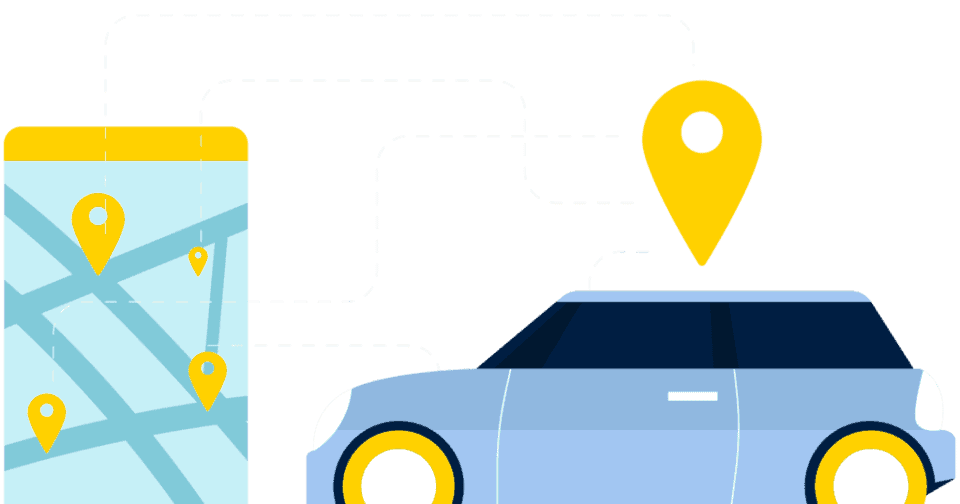Rideshare & Delivery Community, Information, Resources & More
A Community for Rideshare & Delivery Drivers
Informational guides, groups, forums, tools, tutorials, and video courses for ridesharing and delivery drivers and customers




Browse our Resources
Whether you’re a driver or customer, Ridester offers expert advice and strategies for rideshare and delivery, helping gig workers and customers improve their earnings and experiences while using the gig economy’s most popular platforms.
New to #ridesharing and #delivery? Start here!

Driver Hub
Explore Delivery Service companies and jobs.
Customer Hub
Get all the best information about the Delivery Industry.
Income & Payments
Find the best advice on using delivery services as a customer.
Resources
Gig Economy Knowledge from Experts
Hi, I’m Brett Helling
The Guy Behind Ridester.com
Since 2012, I have been gaining extensive hands-on experience in the rideshare and delivery niches – working with platforms like Uber, Lyft, Instacart, Shipt, and DoorDash, just to name a few.
In 2014 I acquired Ridester.com, the first-ever online marketplace for ridesharing, infusing it with invaluable insights and first-hand experience from my time behind the wheel. The insights that I share on Ridester are regularly cited by publications such as Forbes, Vice, and CNBC.
Since that time, I’ve also founded Gigworker.com, further broadening my impact in the gig economy, as well as authoring the book “Gigworker: Independent Work and the State of the Gig Economy“, now available for purchase on Amazon.

Featured On






Recent Posts
The most recent content from our blog. We publish new posts daily.
What Are Citi Bikes & How Do They Work?
How Fair Car Rental Works & Best Alternatives to Try
Best Cars For Uber In 2024: Our Picks & Why We Chose Them
How to Change Uber Passwords [Step-By-Step]
Proper Uber Etiquette For Riders [Before, During & After]
How Does Favor Work? The Basics Explained In Detail
Customers
Popular guides for getting started as a customer with a rideshare, delivery, or transportation service.
Help
Popular guides for getting the help you need when you run into a problem when using a company or service.
Drivers
Popular guides for getting started as a customer with a rideshare, delivery, or transportation service.
Income
Popular guides for getting started as a driver with a rideshare, delivery, or transportation service.

